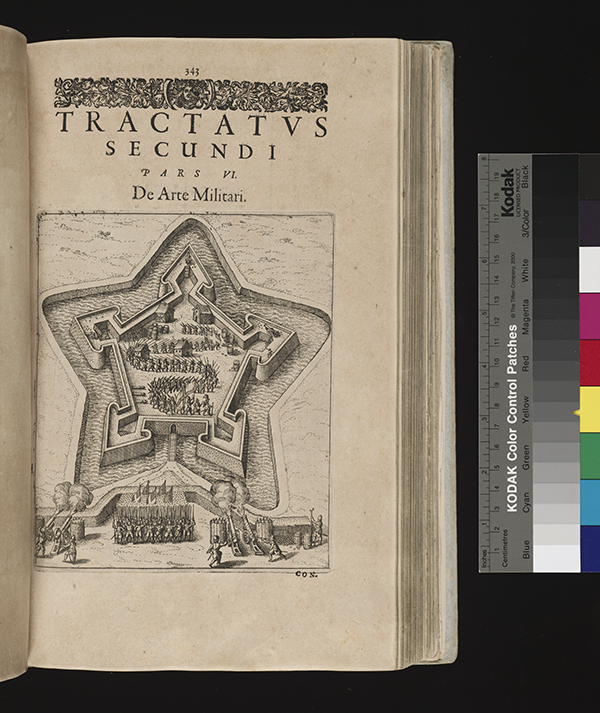- About MAA
- Membership
- MAA Publications
- Periodicals
- Blogs
- MAA Book Series
- MAA Press (an imprint of the AMS)
- MAA Notes
- MAA Reviews
- Mathematical Communication
- Information for Libraries
- Author Resources
- Advertise with MAA
- Meetings
- Competitions
- Programs
- Communities
- MAA Sections
- SIGMAA
- MAA Connect
- Students
- MAA Awards
- Awards Booklets
- Writing Awards
- Teaching Awards
- Service Awards
- Research Awards
- Lecture Awards
- Putnam Competition Individual and Team Winners
- D. E. Shaw Group AMC 8 Awards & Certificates
- Maryam Mirzakhani AMC 10 A Awards & Certificates
- Two Sigma AMC 10 B Awards & Certificates
- Jane Street AMC 12 A Awards & Certificates
- Akamai AMC 12 B Awards & Certificates
- High School Teachers
- News
You are here
Mathematical Treasure: Robert Fludd’s History of the Macrocosm

Robert Fludd (1574-1637) was a London physician also recognized for his abilities as a mathematician, cosmologist, and Cabalist. He was noted particularly as an occult philosopher who dabbled in the “Dark Arts.” Fludd’s magnum opus was to be a history of the macrocosm and microcosm; literally, “of all things.” While he never completed this project, he did publish some results. The images shown above are from the first volume of his work, De naturae, seu technica macrocosmi historia, published in Frankfurt, Germany, in 1618. It deals with selected arts and sciences. On the cover, a monkey, admired as a novel and clever creature at this time, points to illustrations of the subjects considered in the text. From the tip of his pointer moving clockwise the scenes indicate: arithmetic, trigonometry, geometry, painting (perspective), military science, weights and measures, horology, cartography, astrology, geomancy, and music.

Here on page 342 begins the section on the “Military Arts.” In particular, Fludd wrote on the use of geometry in the design of fortifications. With the advent of artillery as a major military weapon in siege warfare, forts had to be redesigned to withstand cannon bombardment. Masonry walls were built thicker and with oblique surfaces facing possible attack directions. To deflect the impact of cannonballs, as many oblique surfaces as possible were presented. The geometric attributes of the pentagon were considered especially suitable for the new designs.

On pages 368 and 369, more detailed advice on pentagonal fortification design was offered. A use of concentric polygons allowed for more complex installations.
These images are provided courtesy of the Beinecke Rare Book and Manuscript Library, Yale University. You may use them in your classroom; all other uses require permission from the Beinecke Rare Book and Manuscript Library. The Mathematical Association of America is pleased to cooperate with the Beinecke Library and Yale University to make these images available to a larger audience.
Frank J. Swetz (The Pennsylvania State University), "Mathematical Treasure: Robert Fludd’s History of the Macrocosm," Convergence (August 2014)




